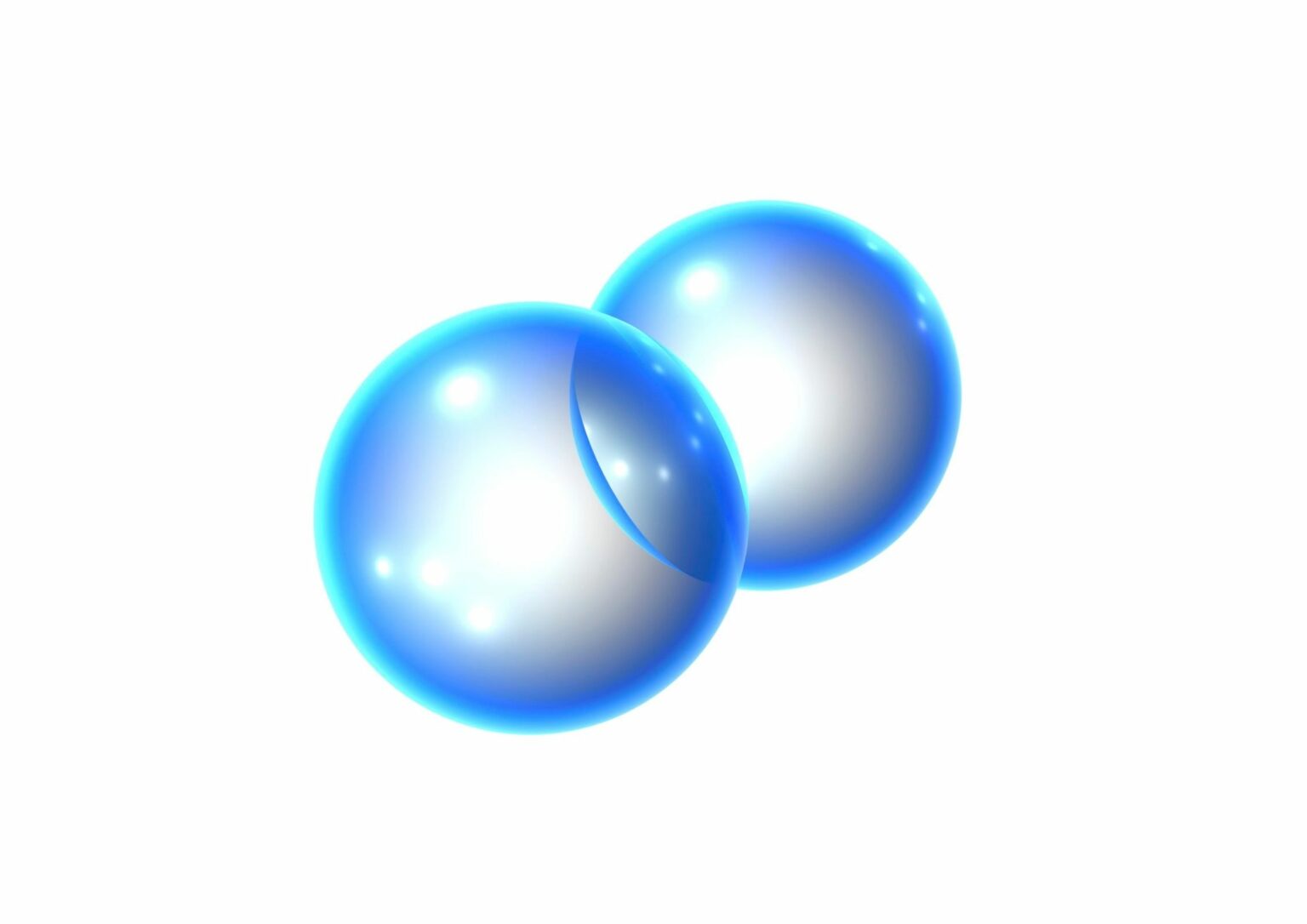In the pursuit of sustainable energy carriers and a transition away from fossil fuels, hydrogen, ammonia, and synthetic gases have emerged as promising alternatives, drawing increasing political interest. However, the scalability of present solutions across various fronts is crucial to replace fossil sources and meet the sustainability targets set for 2030.
This article provides an extensive overview of hydrogen compression and expansion technologies, delving into the Baker Hughes portfolio, recent experiences, and case studies in the realm of energy transition. Beyond the technical intricacies, the focus extends to unraveling the economic fits and gaps of current technologies to address the anticipated surge in demand for hydrogen production.
Hydrogen compression, integral to emerging green hydrogen sectors, faces challenges ranging from high pressures to intermittent renewable power production. Reciprocating and centrifugal compressors emerge as the primary solutions, each catering to specific flow rates and pressure ratios.
Baker Hughes’ High-Pressure Ratio Centrifugal Compressor (HPRC) technology stands out, capable of reaching a pressure ratio (PR) of up to 2 in a single body with dry hydrogen. This innovation results in smaller, lighter units, significantly impacting project CAPEX and OPEX.
Green hydrogen, produced through water electrolysis, necessitates compression for transportation, storage, or process injection. Reciprocating compressors are optimal for small to medium plants, while centrifugal compressors find their role in larger-scale operations. The hybrid solution, combining both technologies, emerges as a strategic approach for managing pressure and flow rate effectively.
A case study illustrates the advantages of the hybrid solution in a 2 GW hydrogen production plant, showcasing evident benefits in terms of CAPEX, OPEX, and footprint.
Hydrogen transportation involves liquefaction, pipelines, and ammonia. Compression technology plays a pivotal role in each process. Hydrogen liquefaction, a century-old process, benefits from turboexpanders and compressor-generators, enhancing flexibility and efficiency.
For hydrogen pipelines, considerations include repurposing existing infrastructure and the pressure range. Centrifugal compressors shine in large-scale pipeline infrastructures, offering efficiency and capacity flexibility.
Green ammonia production introduces flexibility in synthesis loop configuration, presenting a challenge for conventional centrifugal compression technology. Baker Hughes’ High Pressure Ratio Centrifugal Compressor (HPRC) proves instrumental in unlocking pressure ratio capabilities, optimizing the green ammonia process with notable benefits in both CAPEX and OPEX.
Hydrogen storage compression demands high capacity and pressure requirements. Reciprocating and diaphragm compressors emerge as viable solutions, with piston compressors demonstrating cost advantages and high reliability. Baker Hughes introduces high-pressure tandem cylinders designed for the hydrogen market, providing an efficient solution for reaching storage pressures.
As hydrogen’s role in mobility expands, compression solutions evolve to cater to heavy-duty mobility requirements. Baker Hughes adapts API 618 reciprocating compressors for the 350-bar market, offering compact solutions with vertical dry cylinders to compress hydrogen efficiently.





